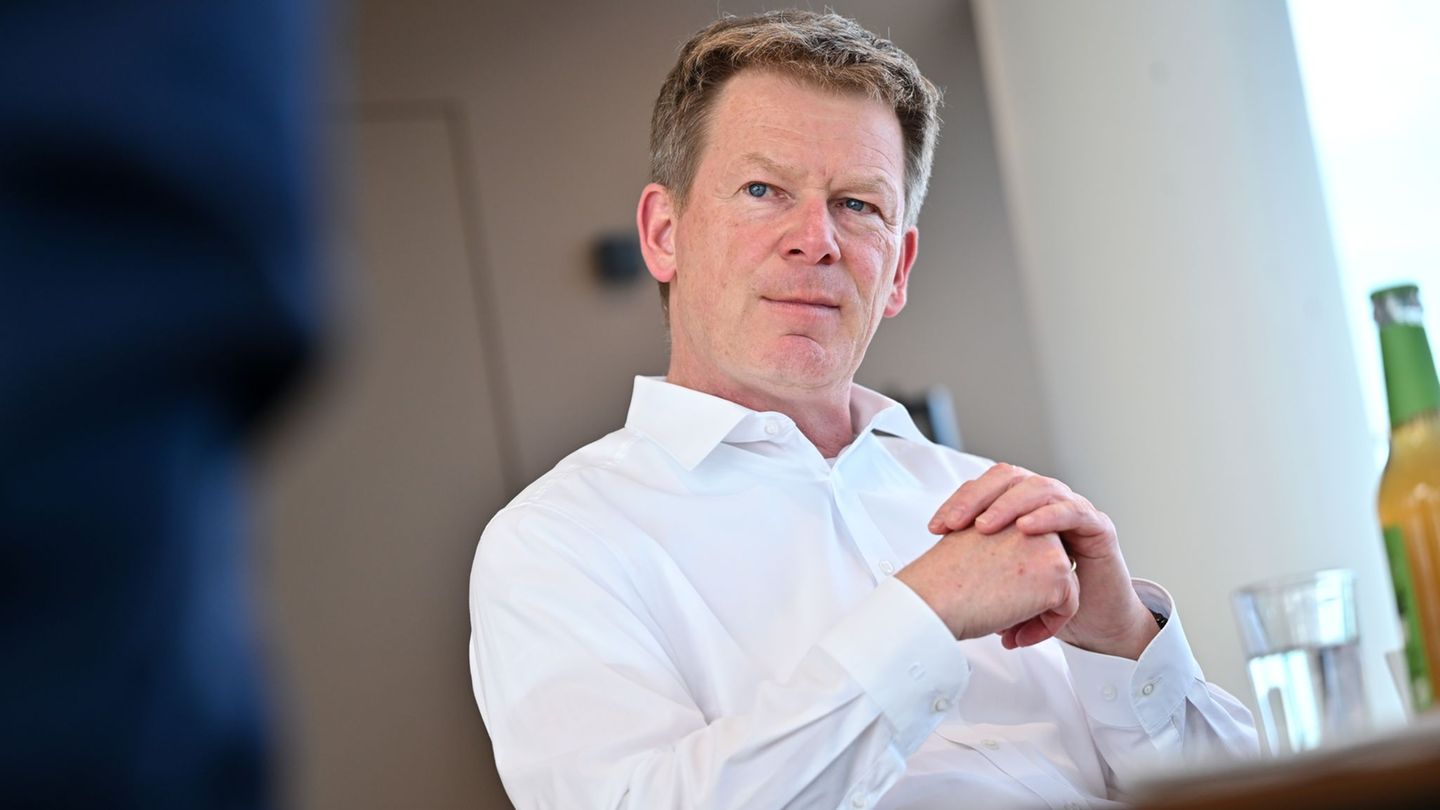As reported by the Ministry of Laborbased on data from the Argentine Integrated Pension System (YES DAD), in December past the number of people with registered work in the country reached 13.07 million. This represented a positive variation of 0.2% compared to November and 4.9% year-on-year.
As reviewed by the consultancy Ecolatina, Nearly 40% of the expansion of formal employment corresponded to the increase in wage earners in the private sector, “which grew 4.4% yoy on average -a figure that coincides with their progress between points-, something relatively unusual in recent years, since one would have to go back to 2015 to find a similar correspondence”. “The rest of the improvement is explained by the performance of the independent workers (monotributistas and self-employed, 1 out of every 4 formal workers), with a rise that was close to 9% (more than 11% end to end). For his part, public employment grew 2.4% yoy in 2022 (1.5% compared to December 2021)”, added the study.
“Good employment performance was observed in December, with an improvement of 14,400 positions in the seasonally adjusted series, which implies that practically everything lost during the government of Mauricio Macri and with the pandemic was recovered. The levels of the end of 2017 and the beginning of 2018 were reached, which had been the maximum point of employment, ”he explained to Ambit Hernán Letcher, director of CEPA.
In this scenario, when projecting what can happen in terms of employment during this year, the analyst said: “What is interesting is that, when analyzing the seasonally adjusted series by sector, it is observed that practically all sectors are better than the previous month. With which, it is showing a good performance of the sectors, despite the fact that in December there were some sectors of the activity that had not been having a substantial growth”.
“Even more so if we look at the EIL, the survey of labor indicators, which also shows a performance that improves in January and that is reflected, for example, in the industrial and construction sectors. With which, apparently, Despite the fact that economic activity is not having a superlative performance and has had a plateau since the middle of last year, in terms of employment, jobs continue to be generated. Which opens a positive expectation that this dynamic will be sustained over timedespite the fact that the level of activity may not accompany it in the same amount, ”said Letcher.
factors
For their part, from Ecolatina they pointed out that “the expectation of a stagnation in economic activity this year casts doubt on the possibilities of continuing to grow the mass of wage earners in the private sector, typically associated with quality employment.”
In any case, from the consultant they pointed out that, however, all this can be details of the second order: “Both for the industry and for the rest of the economy, a formal real wage more than 5% below 2019 and almost 20% below that of 2017 may be a determining factor for more intensive use of this resource.. The absence of a perspective that suggests a change in trend, not only this year but also next, can intensify this process”.
“In the absence of a significant increase in public employment – there is no scope for such an undertaking -, Another trend, such as the increase in self-employment, can also underpin the creation of formal employment. In this case, the strong advance of the social monotributo reflects the gradual, but equally partial, entrance to the formality of population previously ‘in black’”, they added from Ecolatina.
“Jointly, a year of stagnation in activity will not necessarily result in a drop in formal employment (we do not expect it to do so if we add informality either). With the exception of 2020 -for obvious reasons- the secular decline in GDP per capita over the last decade, in combination with new technologies, ‘disengages’ the labor dynamics from the ups and downs of activity”, they concluded.
another view
“During 2022 we saw a cyclical rebound in Argentine employment. The number of registered employees returned to the levels of 2017, but in the midst of a loss in the purchasing power of salaries”, explained Eugenio Marí, Chief Economist of the Libertad y Progreso Foundation.
“In 2023, on the other hand, the loss of purchasing power will deepen and, in addition, an adjustment in the number of employed workers will be added. It is that it will be a year of recession with extremely high inflation, something that will clearly be contrary to job creation”, explained the analyst.
“The need to modernize the incentives in the labor market is manifest. The high non-salary labor cost directly hits the demand for labor from companies and harms workers, who have fewer opportunities. Today, the largest absorption of new workers takes place in the informal or self-employed sector. Changing this reality is essential to recover the demand for work and real wages”, concluded Marí.
Source: Ambito




